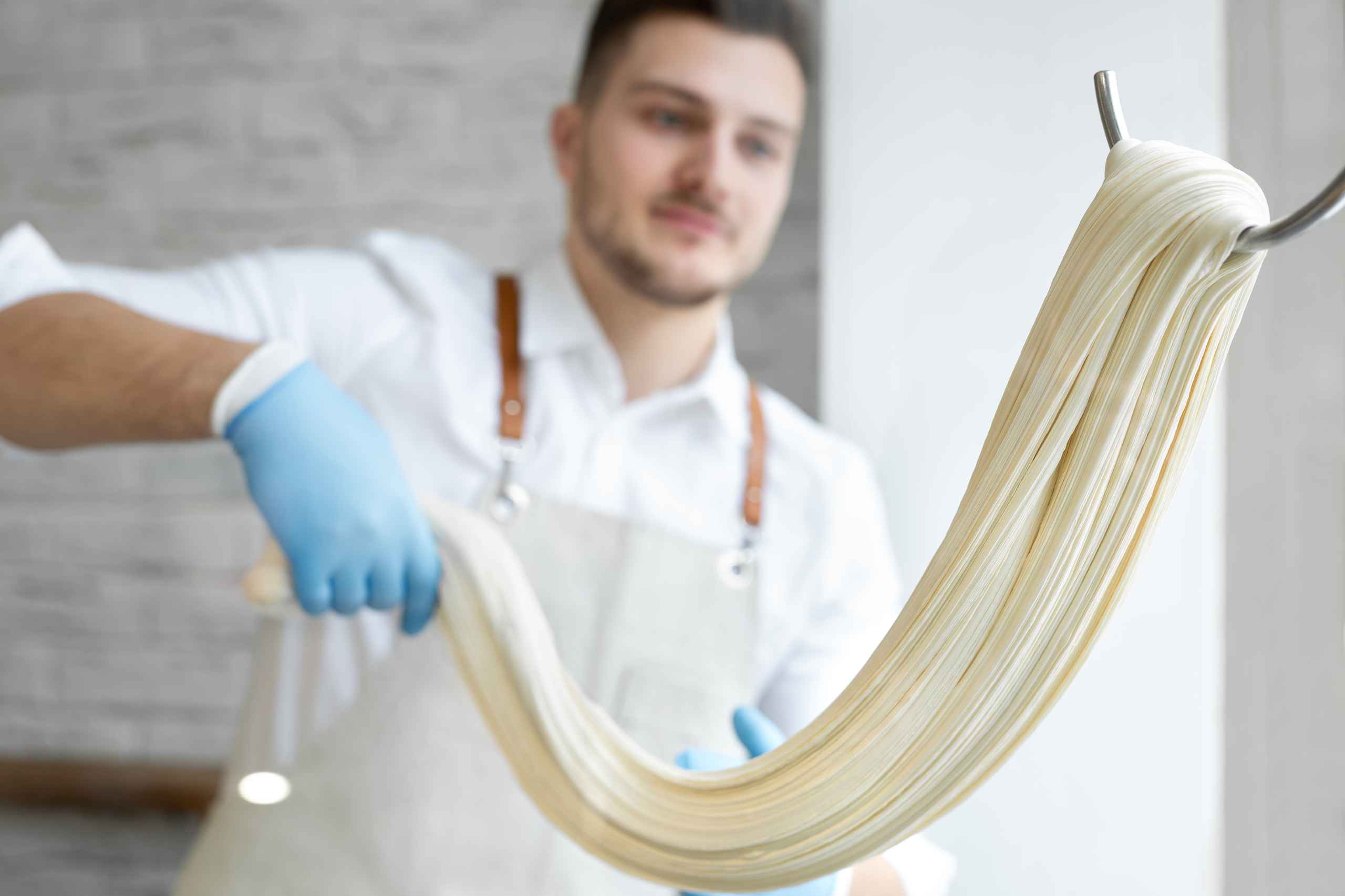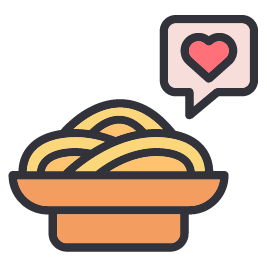Monday to Saturday - 8:00 -17:30

Italy isn’t just one country — it’s dozens of deeply unique regions, each with its own dialect, landscape, ingredients… and yes, pasta shapes. What you call “pasta” in general becomes something entirely specific once you travel across the hills of Tuscany or the coasts of Liguria.
Learning to make pasta by hand opens a door not only to good food but to the stories of villages, grandmothers, and centuries-old methods passed down like family secrets.
Northern Elegance vs. Southern Soul
In the north — think Emilia-Romagna, Lombardy, or Piedmont — pasta is often rich with egg yolks and made silky-soft to pair with cream- or butter-based sauces. This is where you’ll find luxurious tagliatelle al ragù, stuffed tortellini, and delicate agnolotti.
Meanwhile, the south leans toward simpler, bolder combinations. In places like Puglia, Calabria, and Sicily, pasta is traditionally made with just semolina flour and water — no eggs — resulting in rustic shapes like orecchiette, cavatelli, or busiate, often paired with olive oil, spicy sauces, or seafood.
These contrasts aren’t just about flavor — they reflect the landscape and history. Eggs were once scarce in the hot southern countryside. Olive oil was abundant. And so, the pasta adapted, as all good traditions do.
Shape Tells a Story
Each shape has a purpose. It’s not only aesthetic — it’s functional.
- Orecchiette (“little ears”) are perfect for catching thick sauces like broccoli rabe and anchovy.
- Fusilli from Campania trap sauces in their spirals and are often served with fresh tomato and ricotta.
- Trofie, small and twisted, are a Ligurian classic best served with pesto made from the region’s basil and pine nuts.
Even the way pasta is shaped tells a cultural story — some are rolled by hand, others are pressed with wooden boards or combs passed down through families.
Did You Know?
- Sardinia’s lorighittas, a braided ring-shaped pasta, are made entirely by hand and take hours to prepare. They were once a dish for special celebrations.
- Bigoli, a thick spaghetti from Veneto, was traditionally made with duck eggs and pressed through a bronze extruder called a bigolaro.
- In Rome, tonnarelli is served with cacio e pepe — a simple yet bold sauce of pecorino and black pepper that clings to its square edges.
Pasta as Identity
In Italy, pasta isn’t just food — it’s a symbol of local identity. Knowing how to make a shape properly is seen as a kind of cultural literacy. A way to say, this is who we are.
When you learn these regional pastas, you’re not just cooking — you’re stepping into centuries of tradition. You’re honoring the land, the people, and the craft.
Bringing It Home
At Pasta Making Academy, we teach more than just dough technique. We give you the regional context, the history, and the “why” behind each shape. It’s not about memorizing recipes — it’s about understanding what makes them special.
Whether you want to dive into the creamy sauces of the north or the sun-drenched spice of the south, your hands are the key. And every shape you master adds a new chapter to your pasta journey.
